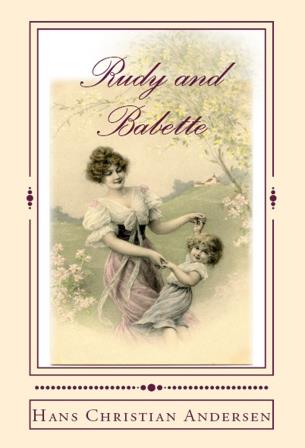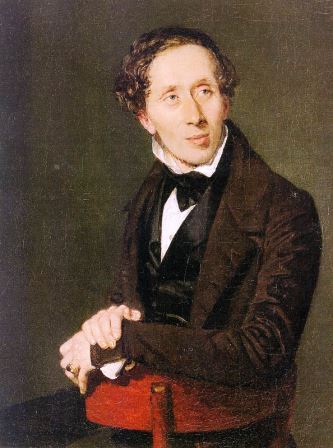Hans Christian Andersen (1805 – 1875) was a Danish author. Although a prolific writer of plays, travelogues, novels, and poems, Andersen is best remembered for his fairy tales. Andersen's popularity is not limited to children; his stories, called eventyr in Danish, express themes that transcend age and nationality.
Andersen's fairy tales, which have been translated into more than 125 languages, have become culturally embedded in the West's collective consciousness, readily accessible to children, but presenting lessons of virtue and resilience in the face of adversity for mature readers as well. Some of his most famous fairy tales include "The Emperor's New Clothes", "The Little Mermaid", "The Nightingale", "The Snow Queen", "The Ugly Duckling", "Thumbelina", and many more.
His stories have inspired ballets, both animated and live-action films, and plays.
Early life:
"It doesn't matter about being born in a duckyard, as long as you are hatched from a swan's egg"
"The Ugly Duckling"
Hans Christian Andersen was born in the town of Odense, Denmark, on 2 April 1805. He was an only child. Andersen's father, also Hans, considered himself related to nobility. His paternal grandmother had told his father that their family had in the past belonged to a higher social class,[4] but investigations prove these stories unfounded. Theories suggesting that Andersen may have been an illegitimate son of King Christian VIII of Denmark persist.
Andersen's father, who had received an elementary education, introduced Andersen to literature, reading to him Arabian Nights.[6] Andersen's mother, Anne Marie Andersdatter, was uneducated and worked as a washerwoman following his father's death in 1816; she remarried in 1818.[6] Andersen was sent to a local school for poor children where he received a basic education and was forced to support himself, working as an apprentice for a weaver and, later, for a tailor. At 14, he moved to Copenhagen to seek employment as an actor. Having an excellent soprano voice, he was accepted into the Royal Danish Theatre, but his voice soon changed. A colleague at the theatre told him that he considered Andersen a poet. Taking the suggestion seriously, Andersen began to focus on writing.
Andersen's childhood home in Odense:
Jonas Collin, director of the Royal Danish Theatre, felt a great affection for Andersen and sent him to a grammar school in Slagelse, persuading King Frederick VI to pay part of the youth's education. Andersen had already published his first story, "The Ghost at Palnatoke's Grave" (1822). Though not a keen student, he also attended school at Elsinore until 1827.
He later said his years in school were the darkest and most bitter of his life. At one school, he lived at his schoolmaster's home. There he was abused in order "to improve his character", he was told. He later said the faculty had discouraged him from writing in general, causing him to enter a state of depression.
































